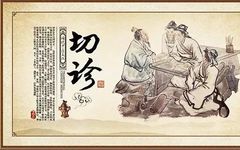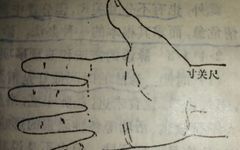Traditional Chinese Medicine Diagnosis (Part Four): Pulse Diagnosis
The culture of Traditional Chinese Medicine (TCM) is profound and has a long history. The four diagnostic methods, known as “Si Zhen” (四诊), include observation (望), listening (闻), inquiry (问), and palpation (切). As fundamental methods of TCM diagnosis, observation involves assessing the complexion; listening involves hearing the sounds of the body; inquiry involves asking … Read more




